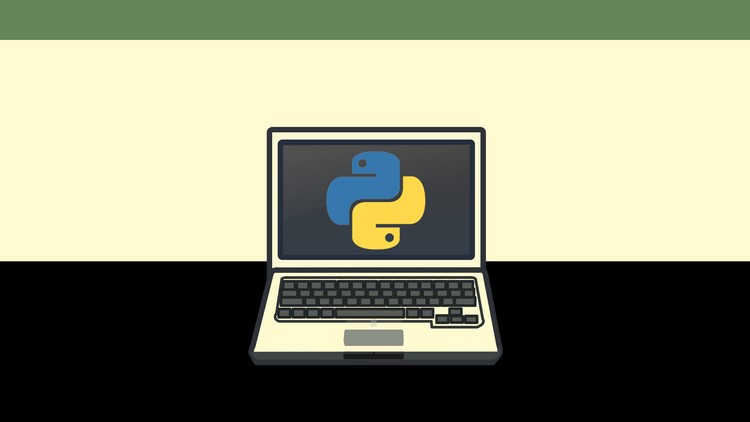
A practical programming course for office workers, academics, and administrators who want to improve their productivity.
What you will learn
Automate tasks on their computer by writing simple Python programs.
Write programs that can do text pattern recognition with “regular expressions”.
Programmatically generate and update Excel spreadsheets.
Parse PDFs and Word documents.
Crawl web sites and pull information from online sources.
Write programs that send out email notifications.
Use Python’s debugging tools to quickly figure out bugs in your code.
Programmatically control the mouse and keyboard to click and type for you.
Description
If you’re an office worker, student, administrator, or just want to become more productive with your computer, programming will allow you write code that can automate tedious tasks. This course follows the popular (and free!) book, Automate the Boring Stuff with Python.
Automate the Boring Stuff with Python was written for people who want to get up to speed writing small programs that do practical tasks as soon as possible. You don’t need to know sorting algorithms or object-oriented programming, so this course skips all the computer science and concentrates on writing code that gets stuff done.
This course is for complete beginners and covers the popular Python programming language. You’ll learn basic concepts as well as:
- Web scraping
- Parsing PDFs and Excel spreadsheets
- Automating the keyboard and mouse
- Sending emails and texts
- And several other practical topics
By the end of this course, you’ll be able to write code that not only dramatically increases your productivity, but also be able to list this fun and creative skill on your resume.
Content